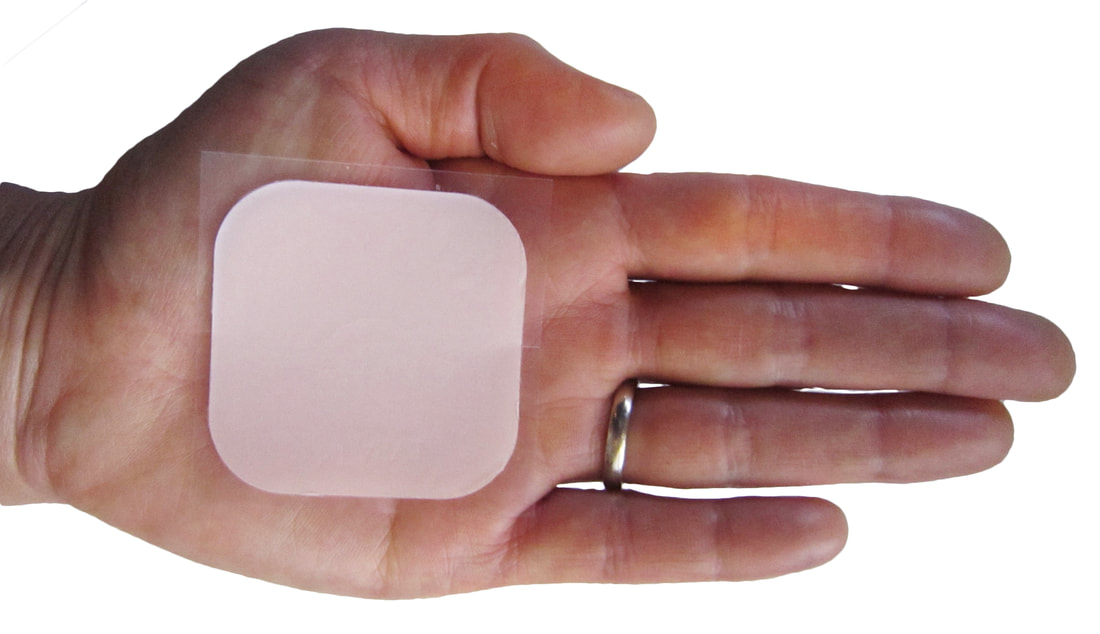|
(Image courtesy of James Heilman, MD - Own work, CC BY-SA 3.0, https://commons.wikimedia.org/w/index.php?curid=22535295) The contraceptive patch is a small, flexible, adhesive patch worn on the body for 3 weeks, and is removed for the fourth week to allow for menstruation. The patch continually releases the hormones estrogen and progestin, which prevent ovulation and thicken the cervical mucus to prevent pregnancy. Users may find the patch as an appealing method of contraception as it doesn’t require daily attention, rather users simply replace the patch each week for three weeks. If used correctly, the patch is over 90% effective. Removal of the patch returns the user’s fertility to what was normal for them previously. The use of hormones in this contraceptive method may lead to some users experiencing side effects such as irregular bleeding, change in menstrual pain, acne, or weight gain. The patch is not recommended for all people, as it could be dangerous for those who are over the age of 35 and smoke cigarettes, those who have been told by their healthcare provider that they have an increased risk for blood clots, and for those who have a BMI of 30 or higher. Because not all people can safely use the birth control patch, we believe there should be more options of contraceptive methods for individuals to choose from. This is why we are committed to the research and development of male contraceptive methods. Nuts & Bolts: Contraceptive Patches
0 Comments
Your comment will be posted after it is approved.
Leave a Reply. |
Categories
All
Archives
June 2024
|
|
|
Donate to Male Contraceptive InitiativeYour generous donation makes a difference!
|
© Male Contraceptive Initiative. All rights reserved.


 RSS Feed
RSS Feed
